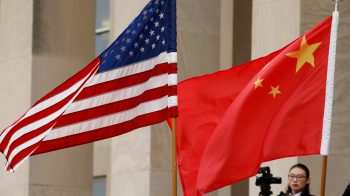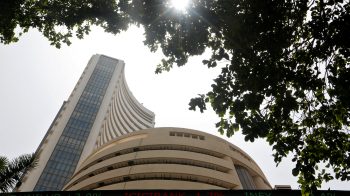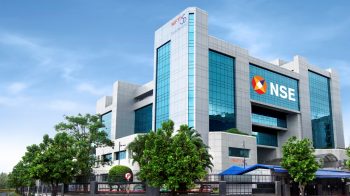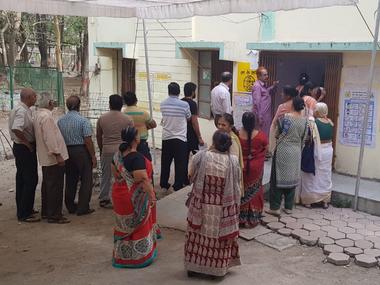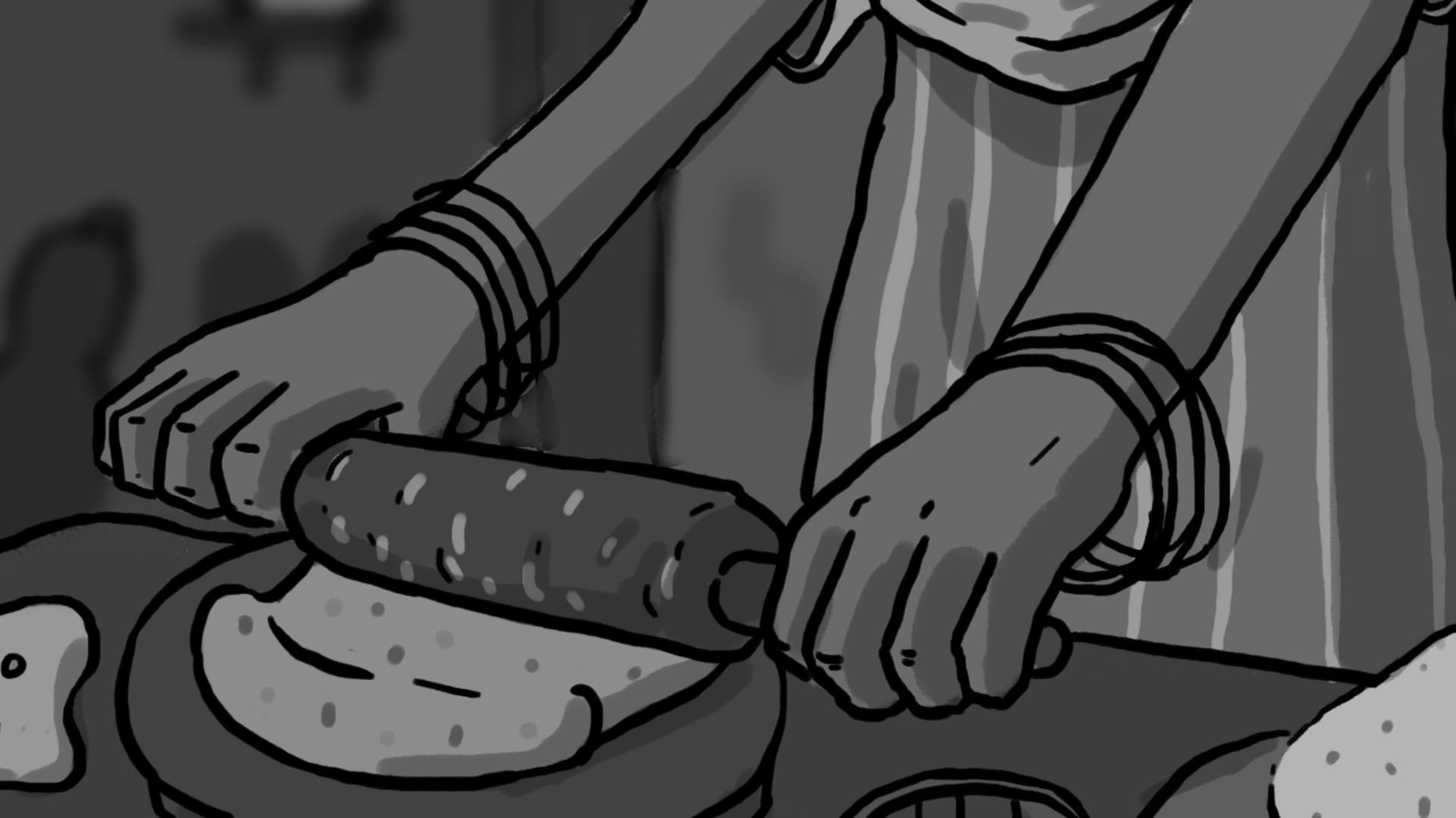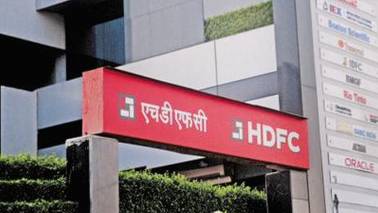Stability in the new government and reduction in global trade tensions would help matters in reviving growth from hereon.
Deepak Jasani
The headwinds to the earnings story include poor demand for core Industries like auto, a slowdown in the consumption sector, tight money supply, and higher government borrowing program in H1FY20.
Apart from the above reasons, capex cycle is yet to pick up, government spending might slowdown post May 2019, farm distress and uncertainty on monsoons are couple of more factors which are likely to pose as headwinds.
January-March 2019 was a quarter of restrained growth momentum in India as reflected in high-frequency growth indicators including passenger vehicle sales, two-wheeler sales, air passenger traffic, etc.
Global crude oil price increased by a sharp 32 percent during the quarter and reversed a little more than half of the steep decline seen over the previous quarter.
However, companies benefited out of low-cost inventory bought in Q3 and used up in Q4. The GDP growth may have touched 6.5 percent in the March quarter, against 6.6 percent in the previous quarter.
The slowdown in the economy in FY19 has been caused by the declining growth of private consumption, tepid increase in fixed investment and muted exports, according to the latest monthly report of the finance ministry.
Early March quarter earnings indicate that the Indian economy has slowed and the much-awaited revival in earnings growth may be delayed further. This could likely to extend investor unease about stock valuations.
A Mint analysis showed that slower sales have dragged profits of companies that reported earnings for the quarter ended March 31 to the slowest in at least 13 quarters.
Aggregate net profit growth of 334 BSE-listed companies that reported March quarter earnings (till May 7) fell 1.5 percent from a year earlier after adjusting for one-time gains or losses, according to data provider Capitaline.
Net sales growth slowed to 13.9 percent, from 15.7 percent in the preceding December quarter. However, reported profits were higher 20.7 percent mainly due to extraordinary gains by Bharti Airtel.
Small Finance Banks, Corporate Banks, Cement stood out in terms of performers during Q4. Small and Midcap IT, select real estate, sugar, Fertilisers, paper, and Hotels also did well.
Auto, auto ancillaries, carbon and steel companies underperformed. Metal companies reported their first contraction in profits in the last three years.
Lower sales have dragged profits down as operating leverage has also faded. Slow global growth, liquidity squeeze. Government spending slowdown and rural earning slowdown are all impacting revenue and profit growth in Q4.
Growth in Q4 is supported more by one-off and tailwinds at the operating level (lower RM costs - mainly metals and food RM) rather than demand for goods and services.
Sales growth has fallen to 14 percent compared to the average 24 percent seen in the previous three quarters. Operating margin improved compared to Q3 but was in line with H1FY19.
Sectors affected include auto, auto ancillaries, agrochem, and NBFC. In Pharma, margin expansion was seen, while FMCG companies cut costs including ad spend. Interest depreciation and taxes grew at a slower pace.
Early indicators suggest significant softening of consumer demand because of several disruptive changes in the economy such as demonetization and implementation of the goods and services tax, apart from two consecutive droughts in 2014 and 2015.
Leveraged consumption is impacted even more due to a liquidity squeeze post-IL&FS crisis. The impact of structural fall in agricultural crop prices which has hurt rural incomes is already well known.
But, the consumption cutbacks on durables and consumer staples in recent months suggest that the Indian middle class is also not playing ball in the overall somber mood. Companies are having a difficult time pushing volumes and raising prices.
Management commentary suggested that demand is likely to pick up after the elections, especially for materials such as cement, as more housing and construction projects would take off.
Relaxation in liquidity tightness and resumption of Govt spend could provide relief to a large part of the corporate sector and move growth levers in H2FY20.
However, stability in the new Govt and reduction in global trade tensions would help matters in reviving growth from hereon.
(The author is Head Retail Research, HDFC Securities)
Disclaimer: The views and investment tips expressed by investment expert on Moneycontrol.com are his own and not that of the website or its management. Moneycontrol.com advises users to check with certified experts before taking any investment decisions.








































